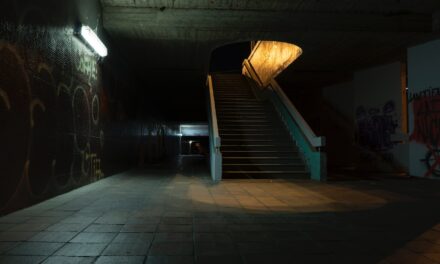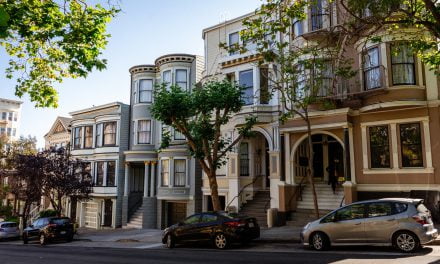Homelessness is worst in areas where rents are highest. Therefore, it ought to come as no surprise to anyone that recent years have seen California’s homelessness issue quickly become a crisis.
Zillow recently released a report on the homelessness crisis in America. It ties the rate of homelessness to the price of rents in each community, finding homelessness to be rare in communities where median rents fall below 22% of median incomes. Communities where the median rent surpasses 32% of the median income see a significant increase in homelessness, often reaching a crisis level. Areas where rents fall somewhere in between see a “typical” level of homelessness.
Nationally, the median income household spends 28.2% of their income on a median rental, according to Zillow. Here in California, renters across most of the state are spending a much higher share of their income on rent.
The median rent-to-income-ratio is:

| Median Rent-to-Income Ratio | |
| Los Angeles | 46.7% |
| Salinas | 43.5% |
| Santa Cruz | 42.7% |
| San Diego | 40.2% |
| San Francisco | 39.0% |
| San Luis Obispo | 38.5% |
| Riverside | 36.7% |
| Chico | 36.3% |
| San Jose | 35.5% |
| Sacramento | 32.3% |
| Stockton | 30.8% |
| Fresno | 30.8% |
| Bakersfield | 28.9% |
Just three metro areas on this list fall below the dangerous 32% threshold that indicates a homelessness crisis. Every other large metro in California exceeds this danger zone, with the Los Angeles metro area — including Los Angeles, Long Beach and Anaheim — topping the list at nearly 47%.
Homeless crisis reaching a tipping point in California
Anyone who lives in Los Angeles, or most of the other metros on this list, will tell you that homelessness is a big problem.
134,000 individuals are homeless in California, and this number continues to increase dramatically each year, rising 14% from 2016 to 2017. In Los Angeles, where the rent-to-income ratio is highest, the homeless population is rising even faster, at a rate of 30% from 2016 to 2017, an increase of 13,000 individuals.
Local governments have been unable to keep up with the influx of more homeless residents on their streets. A lack of homeless shelters and social services exist to serve this growing population, necessary if these individuals are ever to find themselves off the street and back in rental housing.
Some legislative efforts have attempted to fix the mounting problem, including the passage of Proposition 2 in November 2018. This proposition allows money previously set aside for the treatment of mental health patients to be allocated to more permanent support housing for the homeless. The reasoning behind this money shuffle is that one-third of California’s homeless population has an untreated mental illness, and housing these homeless individuals is a big part of treatment.

New laws that create more shelters are necessary steps in the right direction. But at the same time, the creation of more homeless shelters is like applying a bandaid to a growing wound. Something needs to be done to fix the root of the problem, or else the crisis will continue.
The solution is ultimately to bring rents back in line with incomes. This is done by leveling out the imbalance between the supply and demand for housing. Simply put, more housing needs to be built across California to keep up with our growing population.
Further, more construction needs to occur where it’s needed most — in the low and mid tiers. Builders tend to concentrate their projects in the high tier, where the potential for profit is greatest. Therefore, the state and local legislatures need to make it more attractive for builders to make their mark on the lower housing tiers, responding to the rising demand for more affordable housing.
When more affordable housing exists, the price of low-tier rents will cool and fewer households will be forced onto the streets. With fewer homeless individuals, the crisis will subside, and the need for more homeless shelters and public services will dwindle.
Related article:















If 2 million Los Angeles residents would volunteer to move to other cities there would be less demand for housing forcing rent and home prices lower. In addition there would be less demand for utilities and services, saving millions of taxpayer dollars as well as protecting the environment , less traffic so less pollution. A win-win situation. Those who leave would find better living conditions and ditto for those who stay.
We need more housing in California. Even more luxury housing will help the homeless. Typically what happens when more luxury housing is created is a chain reaction people moving. The person who moves into the luxury house, sells their ten year old house. A young family buys the 10 year old house, moving from a 30 year old small condo. A young adult moves into the 30 year old small condo from a beat up old apartment in a bad side of town. And finally a homeless person gets off the street and moves into a beat up old apartment on the bad side of town. Not the best place to live, but 100x better than on the street and now has a chance at getting a job when have access to showering and a stable home. Thus, even luxury homes in gated communities will help homelessness. Every new house will help the housing crisis in some way, whether it be affordable or luxury.